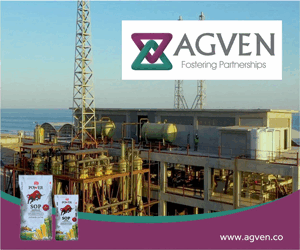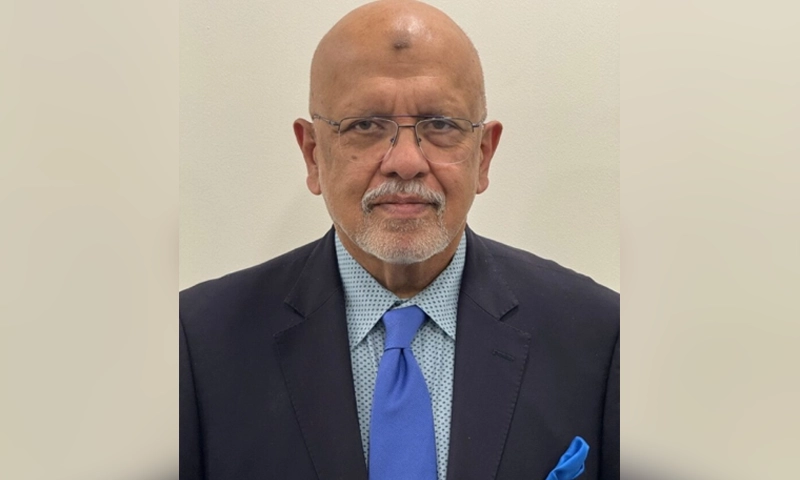- Web Desk
- Yesterday

77 years on: Pakistan’s uneven progress
As Pakistan marks its 77th Independence Day, a closer examination of the internal and external landscape reveals a daunting future. With many freedoms essential for a dignified, peaceful and purposeful life still limited, and opportunities for gainful employment constrained, Pakistan faces a long journey to achieve the future its people aspire to.
The complexity of challenges isn’t unique to Pakistan, the global trajectory increasingly appears vulnerable to factors and forces beyond the control of leaders, who are often driven by outdated mindset and pursuing agendas that no longer resonate with the aspirations of evolving, connected and active citizenry.
Efforts to contain the Middle East conflict persists, but with US warships moving into the region and Iran poised to retaliation against Israel’s violation of its sovereignty, the threat of deadly escalation looms large. The shameful Gaza conflict, which has already claimed thousands of lives and reduced painstakingly built cities to rubbles could worsen. Meanwhile, the Ukraine war continues to destroy what took years to build. In Bangladesh, shocking developments persist as the country struggles to restore order under Muhammad Yunus’s interim government, following the student-led movement that ousted Sheikh Hasina. Across the world, there are several other hotspots testing the ability of leadership and resilience of markets and families.
Amidst all other challenges, there is climate crisis. Pakistan has been particularly vulnerable, with extreme weather conditions increasing susceptibility to floods and droughts. The US National Oceanic and Atmospheric Administration (NOAA) reported that 2023 was the warmest year on record since global tracking began in 1850, with temperatures 2.12 degrees Fahrenheit above the 20th-century average of 57 degrees Fahrenheit. The previous record was set in 2016. In Pakistan, this year has been even hotter. Immediate action is required, including the deployment of technology, bold policy initiatives, and significant financial commitments from governments, the private sector and civil society, all of which necessitates shifts in markets and behaviors.
Pakistan’s economic conditions have shown relative improvement compared to last year. The State Bank of Pakistan (SBP) noted five key factors in its end-July assessment. “First, the current account deficit narrowed sharply in FY24, with SBP’s foreign exchange reserves rising from $4.4 billion at the end of June 2023 to above $9.0 billion. Second, the country reached a staff-level agreement with the IMF for a 37-month Extended Fund Facility (EFF) worth $7.0 billion. Third, sentiment surveys conducted in July indicated worsening inflation expectations and declining confidence among consumers and businesses. Fourth, while international oil prices have remained volatile in recent weeks, the prices of metals and food items have eased. Lastly, with inflationary pressures easing and labour market conditions stabilizing, central banks in advanced economies have begun cutting their policy rates”.
The State Bank anticipates a higher growth rate of 2.5-3.5pc this year, driven by increased activity in the industrial and services sectors, though it expects slower growth in agriculture compared to the previous fiscal year. On the external front, the central bank predicts a modest improvement in exports and continued robust growth in workers’ remittances, which may help contain the current account deficit in the range of 0-1.0 per cent of GDP in FY25. Additionally, the bank projects a lower average inflation rate of 11.5 – 13.5 per cent in FY25, down from 23.4 per cent in FY24.
Experts acknowledged the government’s claims of relative stabilization but criticize the strategy adopted. They argue that the burden was unfairly placed on people already struggling under the weight of an over-sized government. “How is it fair to distribute cost equally when wealth distribution remains deeply unequal? While exact numbers may not be available, the incidence of taxes as percentage of income is higher on middle and low-income groups. In Pakistan, where 55 per cent of government revenue comes from indirect taxes, this burden is disproportionately heavy”, observed one commentator.
“It is impossible to convince the masses of any improvement unless they can feel it themselves. For the majority, making ends meet is a daily struggle. Life is hard for the poor, who live in subhuman conditions without basic amenities. It’s even tough for the middle class in Pakistan, who find themselves on a slippery slope. Any nominal income increase they receive is heavily taxed post budget, leaving their take-home pay lower than it was before the raise”, an analyst noted.
A business leader highlighted the ongoing political volatility, aggravated by a perceived rift between the judiciary and the government. He also pointed to the surge in militant attacks and rising crime rate across the country over the past year. “We can navigate challenging economic conditions, but political unrest and deteriorating security scare off investors. If the government fails to provide a safe and secure environment for people and businesses, it loses its basic purpose”, he remarked, but declined to be quoted. “I prefer not to go on record”.






